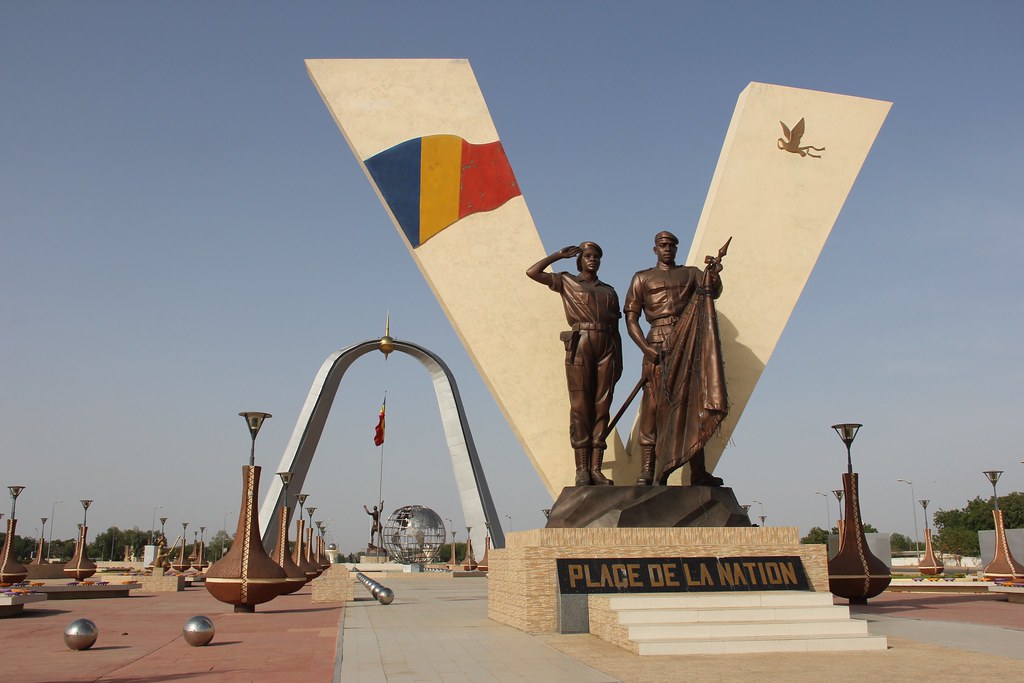The note on the situation of the economy and poverty in Chad published by the World Bank on October 2, 2016 notes that the increase in oil production and macroeconomic consolidation have enabled the economy to recover with growth estimated at 3, 2% in 2019, after the recession of 2016-2017. But the covid-19 crisis has clouded the short-term outlook, in particular because of its negative impact on oil prices.
Before the COVID-19 pandemic, that is to say until February 2020, the Chadian economy was pursuing a gradual, albeit modest, recovery.
This recovery was supported by a significant increase in oil and agricultural production. After the severe recession of 2016-2017, growth recovered to 2.4% in 2018 and 3.2% in 2019. Growth in non-oil gross domestic product (GDP) also fell from – 0.9% in 2017 to 2.2% in 2019 thanks to the recovery of the service sector.

According to the report, the success of the fiscal consolidation programs, consisting of containing the wage bill and intensifying efforts to mobilize non-oil revenues, has helped to improve the budget balance and support the debt. The overall budget deficit thus fell from -5.8% of non-oil GDP in 2015 to -0.8% in 2019. The State also restructured its debt to the oil group Glencore, which made it possible to restore liquidity and debt sustainability. Public debt has fallen from the record level of 54.8% of GDP reached in 2016 to 44.3% in 2019, although the risk of debt distress remains high.
Although the poverty rate has declined over the past fifteen years, it remains high in the country About 6.5 million Chadians (42% of the population) lived below the national poverty line in 2018. Poor households have more children, less access to education and often work in the agricultural sector in unfavorable production conditions. Despite an improvement in the non-monetary situation of Chadians, the living conditions of poor people remain precarious and are exacerbated by poor access to basic services such as drinking water, sanitation and electricity, as well as limited access to assets.
There is a strong geographic disparity in the distribution of poverty, with the north facing less poverty than the other regions, with the exception of the capital. Furthermore, Chadians suffer from strong inequalities in the distribution of well-being: the richest 20% represent more than 40% of total consumption against 8% for the poorest 20%.
As in the rest of the world, since March 2020, the COVID-19 pandemic has radically changed Chad’s macroeconomic outlook
The negative effects of the pandemic are not so much the direct contagion as the global economic recession and the collapse in international oil prices that it triggered. Chad’s oil sector, which accounts for nearly 80% of exports and 40% of government revenue, has been severely affected. The drop in demand for exports, the reduction in FDI inflows, the closing of borders, and social distancing measures risk plunging the country back into recession in 2020, with the economy projected to contract at 0.2% (compared to the 4.8% growth rate predicted before the pandemic).
The current account deficit is likely to widen, fiscal revenues and government spending will decline, while the increased accumulation of arrears is expected to continue. If the impact of the COVID-19 crisis eases in the coming months and if the end-of-containment measures are relaxed, growth could rebound in 2021 with the acceleration of production in the new oil fields, the recovery of oil prices.





